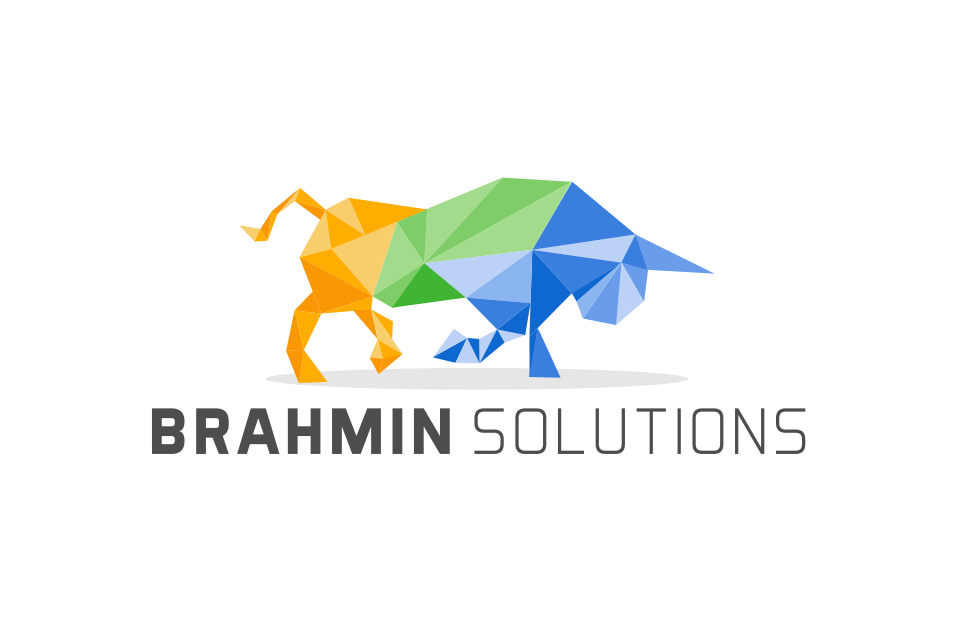
Manufacturing and Inventory Management Software

A. Tell the customer you don’t have enough in stock and turn them away.
B. You take the order and purchase more from your vendor or manufacture more to fulfill the order.
If you choose A, you are turning away a customer that has a need and will look elsewhere to satisfy this need and might never come back.
If you choose B, you are backordering, and you will keep your customers happy and stop them from going to your competitors.
Typical Definition: Backorders represents the amount of stock customers ordered but have not yet received because it currently isn’t available in stock.
Brahmin Solutions Definition: Allowing your customers to buy even when there isn’t sufficient qty and having a backend process to guarantee that purchased qty is fulfilled as quickly as possible.
To better understand this process, let us compare how order fulfillment works when there is enough stock in your warehouse versus when items are out of stock. Here is a visual of the in-stock process flow:

In a scenario where the items ordered are in stock, this is the order fulfillment process:
Here is a visual of the out of stock backorder process flow:

In a backordering scenario, here is how the order fulfillment process works:
Backordering is relatively straightforward when dealing with one out-of-stock item. But if you’re dealing with a stockout situation across various products, or you’re relying on backordering as your primary inventory strategy, you need to be able to match each purchase order with the correct sales order before you begin the order fulfillment process. Delays at any phase can have severe consequences for your brand. Let’s take a look and see if your business should even consider backordering.
Are you primarily for Business to Consumer (B2C) or Business to Business (B2B) or a mix of both?
B2C – Consumers in today’s digital economy are used to a higher standard of service, brought on by promises of Amazon and other larger retailers. These consumers might not tolerate backorders, so you either might have to go with drop shipping to ensure fast fulfillment or forecasting your demand and setting the proper reorder points.
B2B – Buyers are businesses, and they are purchasing ahead of time and are a bit more patient, so backordering isn’t going deter them away from you.
Do the products have a high carrying cost or are they bulky? If the items are costly to carry or they are oversized, and it takes up a lot of warehouse space, it is better to backorder. You can also offer a reduced price as you are saving on carrying costs. To make sure this works, communicate with your customers and let them know this will take some time to arrive.
Since backordering involves you passing the order to your supplier, it is easy to accommodate customization. For example, if you are a bike store selling bikes, instead of selling a few types of bikes, you can allow your customers to customize their bikes before they can purchase it. This will enable you to offer more variety, thus becoming more appealing to your customers.
Bacordering reduces the problem of carrying costs by preventing you from overstocking and the cost of maintaining it in your warehouse. Inventory is capital, so not holding too much stock will allow you to have more cash on hand. For example, a lot of luxury car companies like to keep less inventory on stock and purchase more on-demand, thereby reducing the amount of capital tied up with excess inventory.
Backordering reduces waste inventory because there is less inventory that is sitting around that could get spoiled, damaged, or obslote. For example, if you’re a retailer who sells electronics, you get a huge demand once the product is released. But as time goes by, the demand falls and once a newer version is released, sales become nonexistent. You don’t want to be left with unsold stock. By using backordering, you can meet the demand with less risk. You see, companies like Apple do this when they release a new cell phone.
Continuation of the cell phone example above, another reason why Apple would use backordering is to create massive demand. For example, when new iPhone releases, there is a surge in orders and quickly, the product is sold out and back-ordered. Apple uses this marketing strategy as a gimmick to increase the value of the product in the eyes of the customer. As backorders pileup, customer curiosity and a desire to buy skyrockets.
You need to find a supplier that has an excellent average lead time.
When you get a bunch of sales orders, there might be more than one product that is out of stock and is spread across multiple sales orders. If these different products have different suppliers, managing orders can become very daunting. At this time, it is crucial that you consider an inventory management system that can automate your backordering and simplify consolidation.
Since backorders do take some time, you must be regularly communicating with your customers. Lack of communication can lead to trust issues for future sales.
Have a process in play where you are updating your customers throughout the process. For example, send them notifications as soon as you are shipping out their backorder and if there are any delays, make sure to be transparent about the delay and update them on the new estimated arrival date.
Make sure you have a reliable inventory management system that will allow you to manage your backorders to make sure your customers get their products in a timely manner.